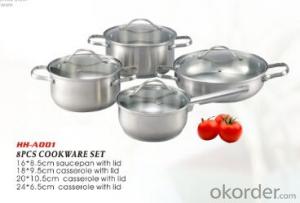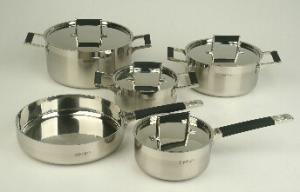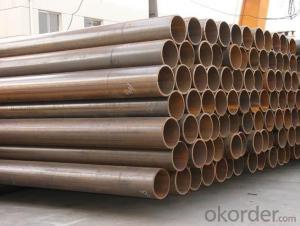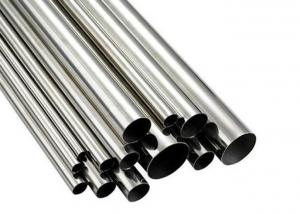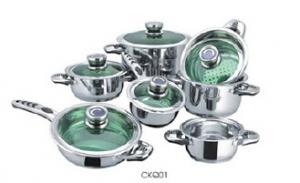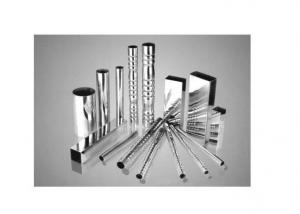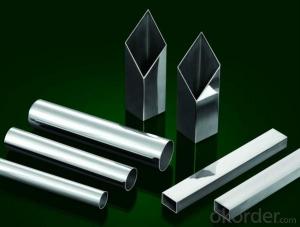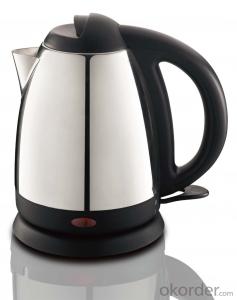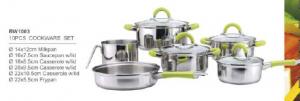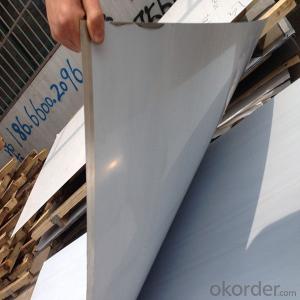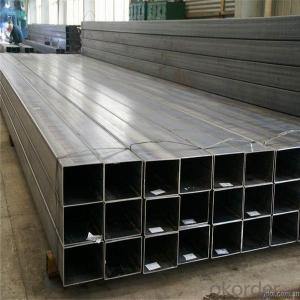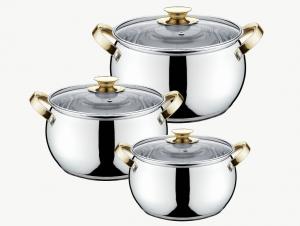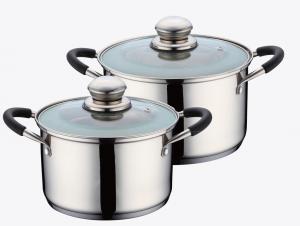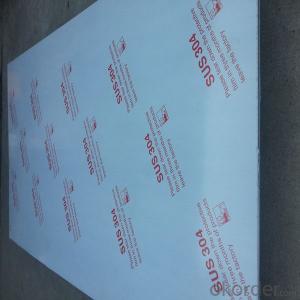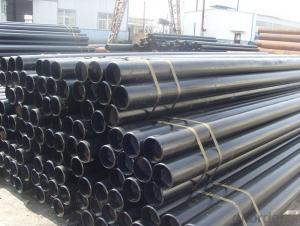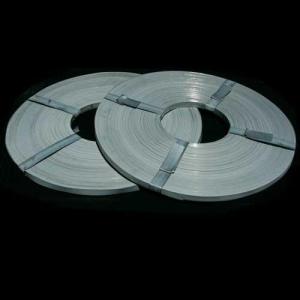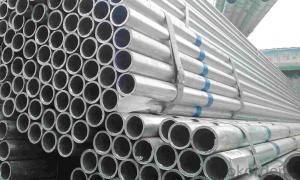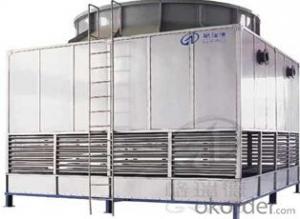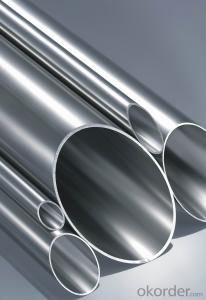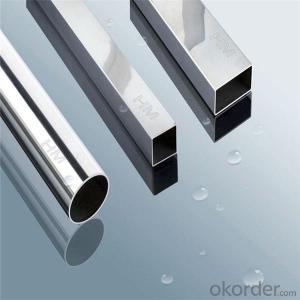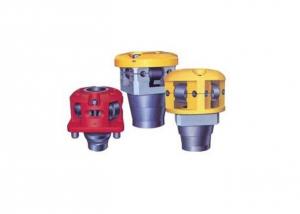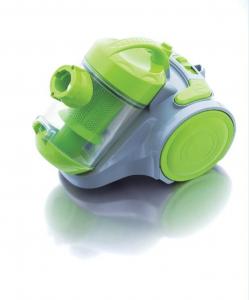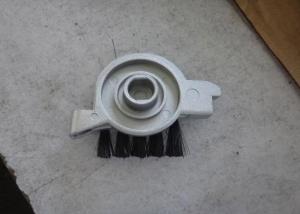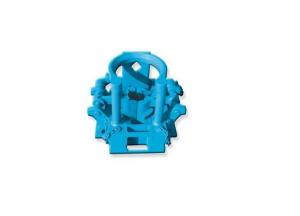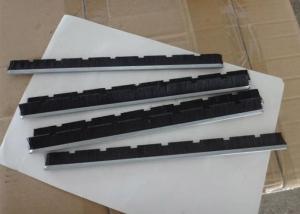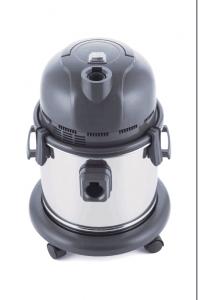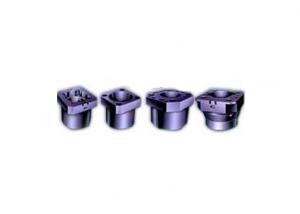1in Stainless Steel Tubing
1in Stainless Steel Tubing Related Searches
1 Inch Stainless Steel Tubing 1 Stainless Steel Tubing 1 Inch Stainless Steel Pipe 1 2 Inch Stainless Steel Tubing 1 2 Stainless Steel Tubing 1 4 Stainless Steel Tubing 1 Stainless Steel Pipe 1 1 2 Stainless Steel Pipe Stainless Steel 1/2 Tubing 1 2 Stainless Steel Pipe 1/4 Stainless Steel Tubing 1/2 Stainless Steel Tubing Seamless Stainless Steel Tubing 2 Stainless Steel Tubing Stainless Steel Coil Tubing Stainless Steel Tubeing Stainless Steel Tub 3/4 Stainless Steel Tubing Stainless Steel Tubs 3 4 Stainless Steel Tubing 3/8 In Stainless Steel Tubing 1 Inch Steel Bar Bending Stainless Steel Tubing 304 Stainless Steel Tubing Stainless Steel Beverage Tub Square Stainless Steel Tubing Stainless Steel Tubes 3in Stainless Steel Pipe 1Mm Steel Wire Stainless Steel Piping1in Stainless Steel Tubing Supplier & Manufacturer from China
1in Stainless Steel Tubing is a versatile and durable product made from high-quality stainless steel material. This type of tubing is known for its corrosion resistance, strength, and ability to withstand high temperatures, making it ideal for various applications in different industries.1in Stainless Steel Tubing is widely used in various sectors such as construction, automotive, aerospace, and food processing due to its excellent properties. It is commonly employed in applications that require high levels of durability and resistance to harsh environments, such as fluid transportation, structural support, and heat exchangers. Its versatility allows it to be used in both commercial and residential settings, making it a popular choice among engineers and designers.
Okorder.com is a leading wholesale supplier of 1in Stainless Steel Tubing, offering a vast inventory of this product to cater to the needs of various industries. As a reliable source for stainless steel tubing, Okorder.com ensures that customers receive high-quality products at competitive prices. With their extensive stock and commitment to customer satisfaction, Okorder.com is the go-to destination for those seeking 1in Stainless Steel Tubing for their projects and applications.
Hot Products
